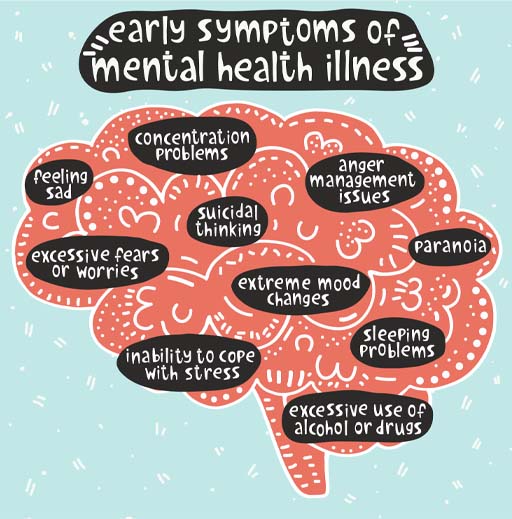Session 4: Recognising mental health problems
Introduction
As indicated in session 1, the way in which we talk about mental health varies from person to person. In general, particularly when it has a major impact on their ability to function, a person who is feeling ‘extremely sad’ or ‘very worried’ may be diagnosed with a mental health condition, for example, ‘depression’ or ‘anxiety’. However, in other cases, such feelings may be viewed as understandable reactions to events that will pass with time. A person who seeks to make sense of their mental health problems may come to understand it in the context of their life experience, while a health professional may be looking for evidence of specific ‘symptoms’ to see if a psychiatric diagnosis is appropriate.
Behind the scenes, some mental health practitioners are continually seeking the right balance between making mental health a medical problem, or seeing it as a continuum along a line of ‘healthy’ to ‘unhealthy’ adaptations to life’s stresses. In this session, you will explore the different ways in which mental health is viewed.
To get started, listen to Tanya Byron again, this time talking about different professional approaches to recognising mental health problems. She uses a number of technical terms, but don’t worry too much about this now, as you’ll explore these in Activity 1.

